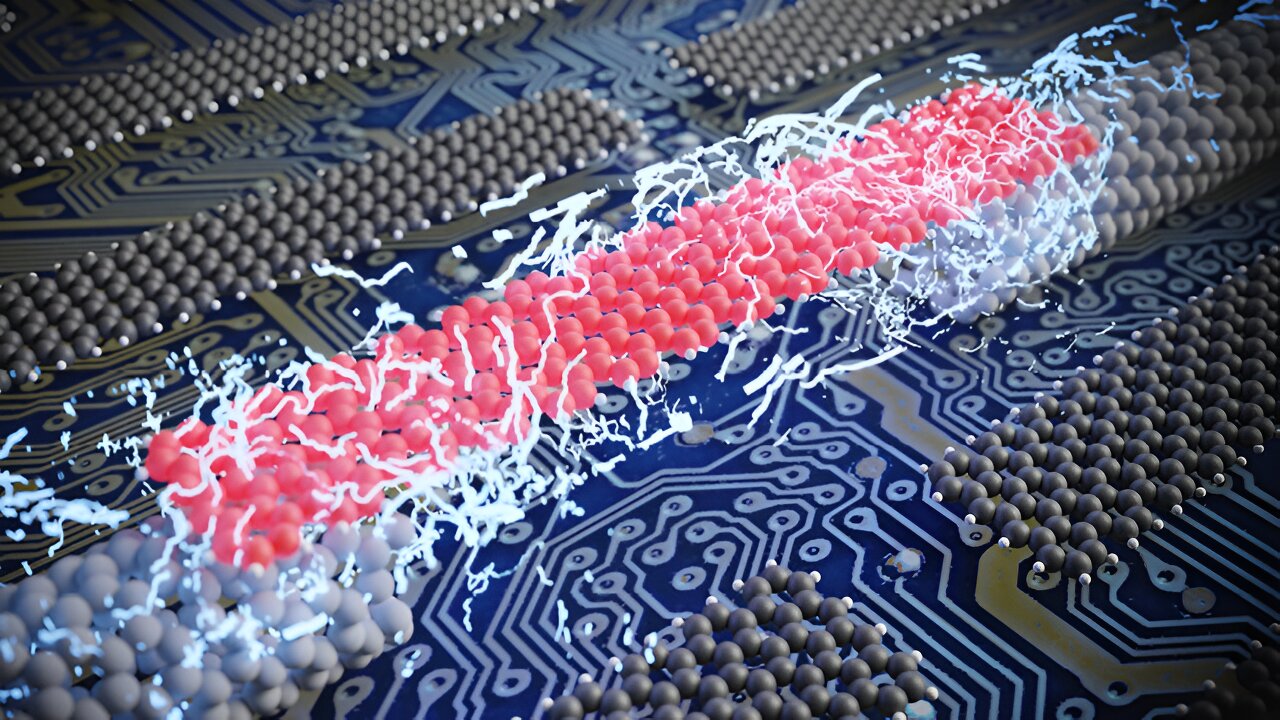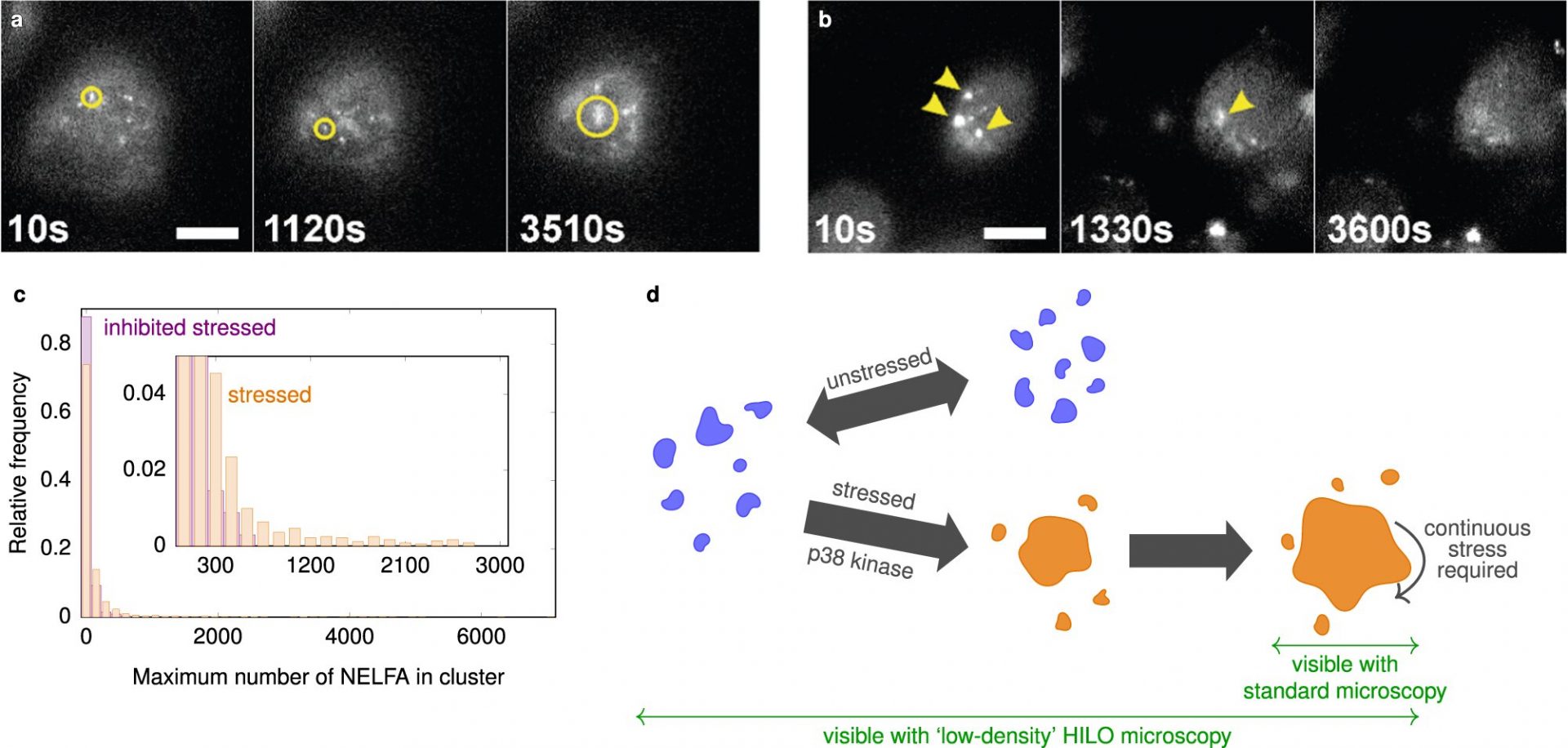Prepare to be amazed by the incredible properties of graphene nanoribbons! Researchers from Empa and ETH Zurich, along with partners from Peking University, the University of Warwick, and the Max Planck Institute for Polymer Research, have achieved a major breakthrough. They have successfully attached electrodes to individual atomically precise nanoribbons, opening up a world of possibilities for quantum technology.
Quantum technology holds immense promise, but it also presents perplexing challenges. In the years to come, it is expected to revolutionize various fields with its potential for smaller and more precise sensors, highly secure communication networks, and powerful computers capable of accelerating advancements in medicine, materials, finance, and weather prediction. To make this a reality, we need quantum materials that exhibit extraordinary quantum effects. One such material is graphene, a two-dimensional form of carbon with exceptional properties like high tensile strength, thermal and electrical conductivity, and unique quantum effects. By shaping graphene into nanoribbons, we can control and harness a wide range of quantum phenomena.
This is where Mickael Perrin’s team comes in. For years, scientists at Empa’s Transport at Nanoscale Interfaces laboratory, led by Michel Calame, have been studying graphene nanoribbons under Perrin’s guidance. “Graphene nanoribbons are even more fascinating than graphene itself,” explains Perrin. “By adjusting their length, width, edge shape, and adding other atoms, we can give them incredible electrical, magnetic, and optical properties.”
Unprecedented Precision at the Atomic Level
Studying these promising nanoribbons is no easy task. The narrower the ribbon, the more pronounced its quantum properties become, but it also becomes increasingly challenging to access individual ribbons. However, understanding the unique characteristics and potential applications of this quantum material requires precisely examining single ribbons and distinguishing their properties from collective effects.
In a groundbreaking study published in the journal Nature Electronics, Perrin, Empa researcher Jian Zhang, and an international team have achieved a remarkable feat. They have successfully contacted individual long and atomically precise graphene nanoribbons for the first time. Zhang explains, “A graphene nanoribbon that is just nine carbon atoms wide measures as little as 1 nanometer in width.” To ensure contact with only a single nanoribbon, the researchers used carbon nanotubes of a similar size, with a diameter of just 1 nanometer.
Precision is crucial in such delicate experiments. The researchers obtained the graphene nanoribbons through a collaboration with Empa’s nanotech@surfaces laboratory, led by Roman Fasel. “Roman Fasel and his team have been synthesizing various types of graphene nanoribbons with atomic precision from individual precursor molecules,” Perrin explains. The precursor molecules were provided by the Max Planck Institute for Polymer Research in Mainz.
This project required the collaboration of different international research groups, each contributing their expertise. The carbon nanotubes were grown by a research group at Peking University, and the Empa researchers worked with computational scientists at the University of Warwick to interpret the results. “Collaboration was essential for a project like this,” emphasizes Zhang.
Contacting individual ribbons using nanotubes presented a significant challenge. “The carbon nanotubes and the graphene nanoribbons are grown on separate substrates,” explains Zhang. “First, the nanotubes need to be transferred to the device substrate and contacted by metal electrodes. Then we cut them with high-resolution electron-beam lithography to separate them into two electrodes.” Finally, the ribbons are transferred onto the same substrate. Precision is paramount, as even the slightest rotation of the substrates can greatly reduce the chances of successful contact. “Having access to high-quality infrastructure at the Binnig and Roher Nanotechnology Center at IBM Research in Rüschlikon was essential to test and implement this technology,” says Perrin.
From Computers to Energy Converters
The success of their experiment was confirmed through charge transport measurements. Perrin explains, “Since quantum effects are usually more pronounced at low temperatures, we conducted the measurements close to absolute zero in a high vacuum.” He adds, “Due to the nanoribbons’ extremely small size, we expect their quantum effects to be so robust that they can be observed even at room temperature.”
This breakthrough could pave the way for designing and operating chips that actively utilize quantum effects without the need for complex cooling systems. “This project enables the realization of single nanoribbon devices, not only to study fundamental quantum effects such as electron and phonon behavior at the nanoscale, but also to exploit these effects in quantum switching, sensing, and energy conversion,” adds Hatef Sadeghi, a professor at the University of Warwick who collaborated on the project.
While graphene nanoribbons are not yet ready for commercial applications, there is still much research to be done. Zhang and Perrin plan to manipulate different quantum states on a single nanoribbon in a follow-up study. Additionally, they aim to create devices based on two ribbons connected in series, forming a double quantum dot. Such a circuit could serve as a qubit, the smallest unit of information in a quantum computer. Perrin also intends to explore the use of nanoribbons as highly efficient energy converters.








